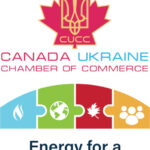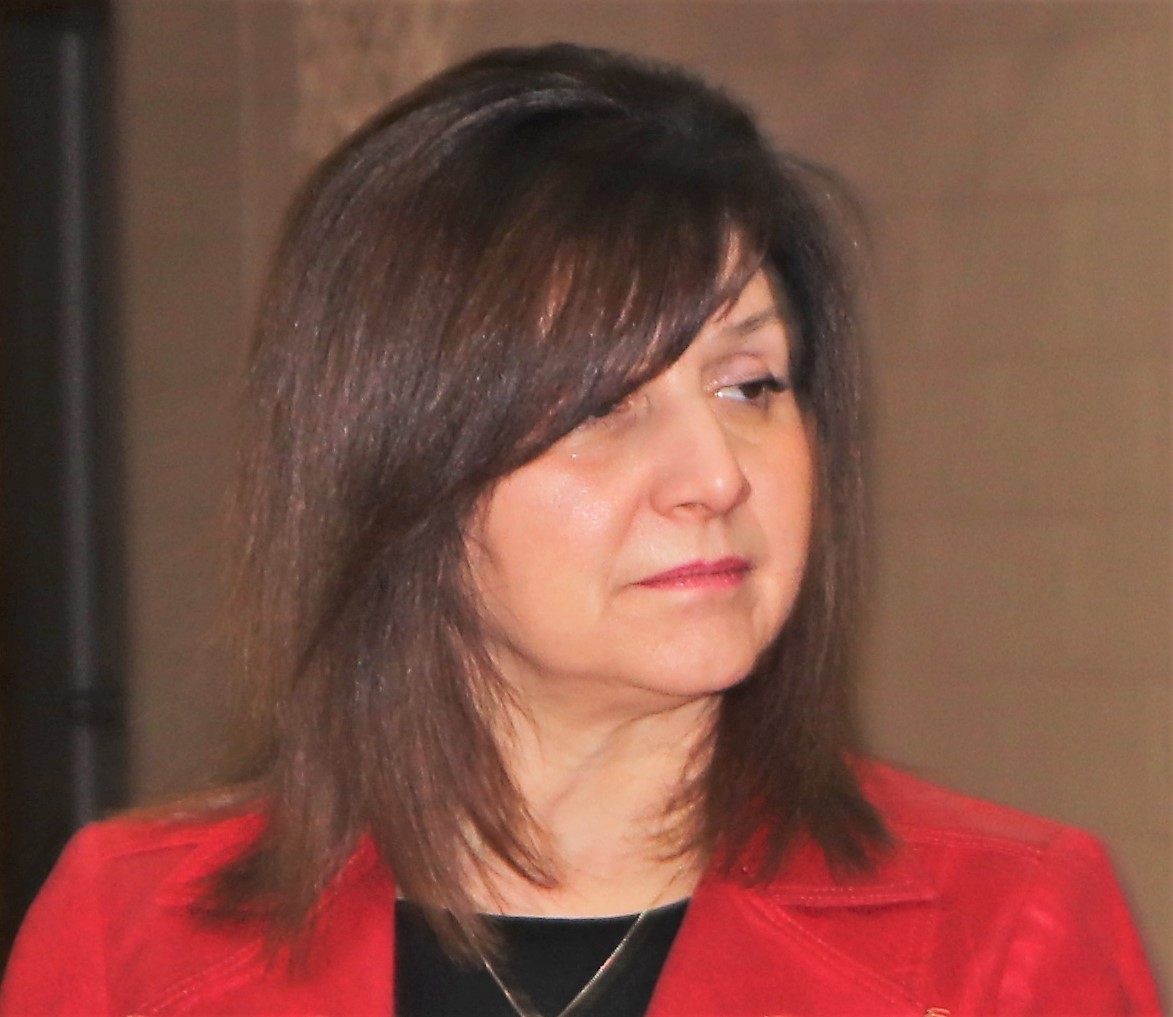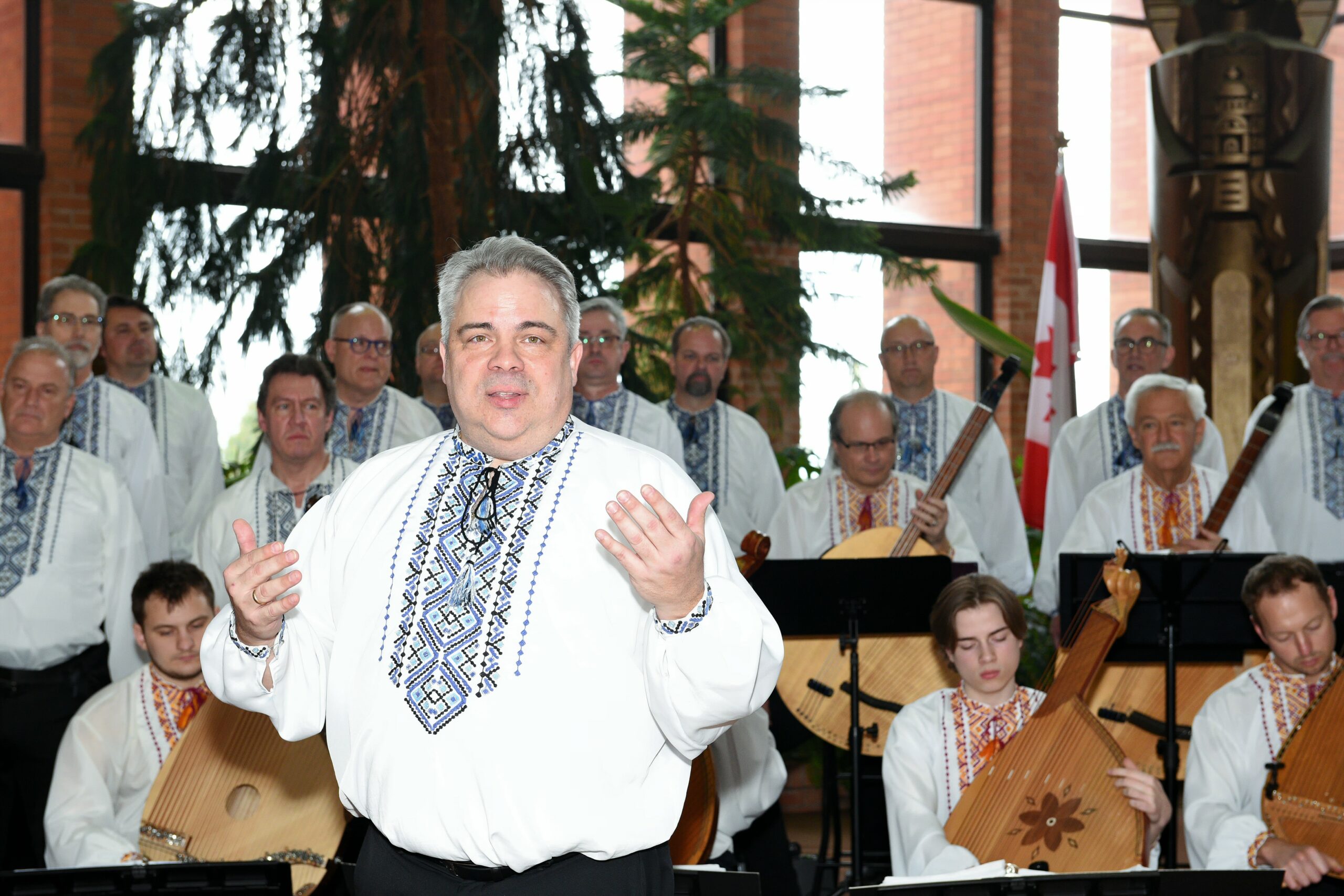Katherine Caljkusic, University of Toronto, for NP-UN, Toronto.
Head lice is common in children, with an estimated prevalence of 1-3% in elementary school-aged children. One myth is that head lice is due to bad personal hygiene. The reality is that any child can get lice anytime throughout the year if they come into contact with someone who has lice. Lice is spread via hair-to-hair contact, and by sharing of items such as brushes, hair accessories and even clothes. So, children playing together outside in the summer, going to camp, having sleepovers and being in close proximity can increase the likelihood of the spread of lice. With summer coming to an end, it is a good idea to be able to recognize the signs of lice infestations, and how to get rid of them.
The best way to find out if your child has lice is to examine their hair and scalp. It is sometimes possible to see the live lice; however, they crawl very quickly, jump, and hide from the light. Another method is to look for nits. Nits are the eggs of lice, and are small, grayish-white, hard oval shells and usually attached at an angle on the hair shaft. They are not easily removed from the hair, unlike dandruff, and are firmly cemented to the hair shaft usually a quarter-inch from the scalp. Another method to identify if lice are present, is to look for signs that your child is itching frequently, particularly around the back and sides of their scalp. You may look for little red bumps on the scalp, and even extending onto the back of the neck.
If a child is found to have lice, there are a few things to do to help prevent the spread to other family members and children. First is to avoid sharing any personal items such as clothing, brushes, hair accessories, hats, clothes and bedding. Live lice can survive up to 5 days on inanimate objects and nits can survive for up to 10 days on inanimate objects. Any clothes, bedding, scarves, hats, and other personal items should be washed in hot water and place in the dryer on a hot cycle for a minimum of 15 minutes. It is unnecessary to throw away toys or other Items which cannot be washed, but rather they may be stored in a tightly sealed plastic bag for 2 weeks, in which case the lice will die. It is best to vacuum carpets and furniture, as well as soak any combs and brushes in hot water for 10 minutes. Pets are unable to get lice, and therefore require no treatment.
There are many different methods to treat lice, and many of them are effective. It is important to remember that lice do not carry diseases, and lice can be successfully eradicated if appropriate directions are followed while performing treatments.
1. Dimeticone 50%: This medication is known as NYDA. It must be sprayed all over dry hair, and massaged until the hair is completely saturated with solution. It is to be left in the hair for a minimum of 30 minutes, then the hair must be combed with a fine-toothed comb. The solution should be left on the hair for at least 8 hours, then washed, and another treatment using the same method should be performed 8-10 days later.
2. Isopropyl myristate/cyclomethicone: This medication is known as Resultz. The solution must be applied to dry hair, and must remain in the hair for 10 minutes. After it may be rinsed off with warm water. This method must be repeated in 7 days.
3. Permethrin 1%: This medication is known as Kwellada-P Crème Rinse, or Nix Crème Rinse. Hair must be first washed with shampoo and rinsed with water. The medication can be applied to wet hair, left on for 10 minutes, then rinsed with warm water. This method should be repeated 7 days later. Note: this medication is not able to be used by individuals who are allergic to chrysanthemum.
4. Pyrethrin/piperonyl butoxide: This medication is known as R&C Shampoo. The shampoo is supposed to be applied to dry hair, and massaged into the scalp. It should be left on for 10 minutes, then thoroughly rinsed. The treatment should be 7 days later. Note: this medication is not able to be used by individuals who are allergic to chrysanthemum and/or ragweed.
5. In cases where appropriate medication and directions were followed, and lice remain, it is best to book an appointment with your doctor. The doctor may prescribe and oral medication which can help to remove the infestation, as this may indicate cases of resistant lice.
Using any of these products will kill the live lice, however the dead nits may remain stuck to the hair. The best way to remove them is to first wet the hair and condition it, then use either tweezers, a fine-toothed (nit) comb, or fingers, to pull nits off the hair.
Monitor your children, and others in your household during and several weeks after treatment was performed, to ensure no presence of lice, and no spread occurred. If your child is beginning the school year, and they have not yet finished treatment, they should still attend school, but it is best to tell your kids to not share any personal items with others, and to try and avoid head-to-head contact with other kids.
Share on Social Media





































